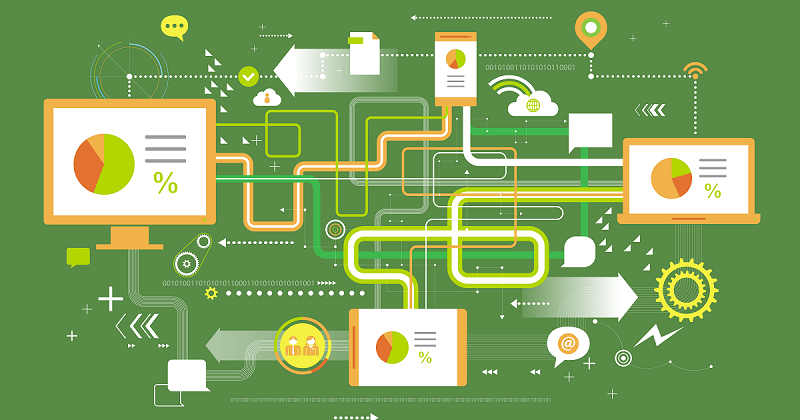
Innovation and technology are part of our history. From the very start, we harnessed the power of computing to gather and analyse monitoring data; so much so that the “IT” of Itad once stood for information technology. Like many others, we have been refining the art of remote working, whether for coffee roulette or the Christmas quiz, or to conduct interviews, data collection, and virtual country studies across tens of projects.
We have also reflected on how best to do things like remote workshop facilitation. Plus, there have been many positives, like our remote WISH learning event that brought together more than 400 registered attendees, rather than the usual 60-90 at past physical events. We estimate that this one change to remote facilitation saved around 101,480 air miles, or 49 tonnes of CO2 – the equivalent to powering six UK homes for a year.
But we don’t want to stop there. We see our enforced disruption as a catalyst for changing the way we do things. And so, we are looking at ways in which this period of lockdowns, remote working and travel bans can now spearhead an innovative use of digital technology to inform our decisions, enable adaptation and help us understand the impact of our work.
We are achieving this by experimenting with different ways to collect, analyse and visualise data. Of course, we still combine this with a sense of pragmatism, helping our clients find ways to best use the evidence in policy-making and operational decisions. Recent examples have included:
- The analysis of night-time light from satellite imagery to assess the socio-economic impacts of landmine clearance over the past few decades in Afghanistan. Under our Global Mine Action Project, Itad is working with AidData to combine geographic information system data, satellite imagery and mine action data to understand the influence of mine action operations on the social, economic and security context.
- We are using data mining algorithms to plug gaps in our understanding of the Global Challenges Research Fund for BEIS. Itad is working with Digital Science to capture outputs from research publications as well as other traceable contributions to policy, innovation, technology and creative outputs.
- We are pioneering the use of artificial intelligence (AI) for strategic learning and evaluation for the Botnar Foundation. As part of helping the Botnar Foundation establish a strategic learning and evaluation system, we are working with our technology partner CASM to scope ways AI can be used to understand and explore the factors that underpin the relational wellbeing of young people.
- We are helping our partners strengthen performance management within programmes through real-time monitoring and data visualisation. Under the Accountable, Responsive and Capable Government programme in Nigeria, Itad has developed a performance and financial management information system that enables programme teams to track and report budgets, expenditure and results for individual interventions.
- We evaluate interventions working in the data for development and digital development spaces. Most recently, we completed the evaluation of the Global Partnership for Sustainable Development Data. Read the final report and the management response.
We want to ensure that our digital technology services are delivered in an ethical and inclusive way. We know there are long-standing challenges around exclusion and inclusion in data collection and actively work to address these in the services we deliver. New technologies are equally susceptible to these pitfalls and we have recently shared lessons on the ethical and safeguarding challenges posed by remote data collection.
Over the coming months, we plan to engage further on these issues of data governance and ethics, building on our participation in discussions during the recent Global Digital Development Forum (blog on this coming soon) and through getting involved with initiatives such as the Data Values Project.
So why not take a look at our new digital tech pages, or get in touch with Chris Barnett or Chris Perry if you want to find out more or want to partner with us on this journey.

